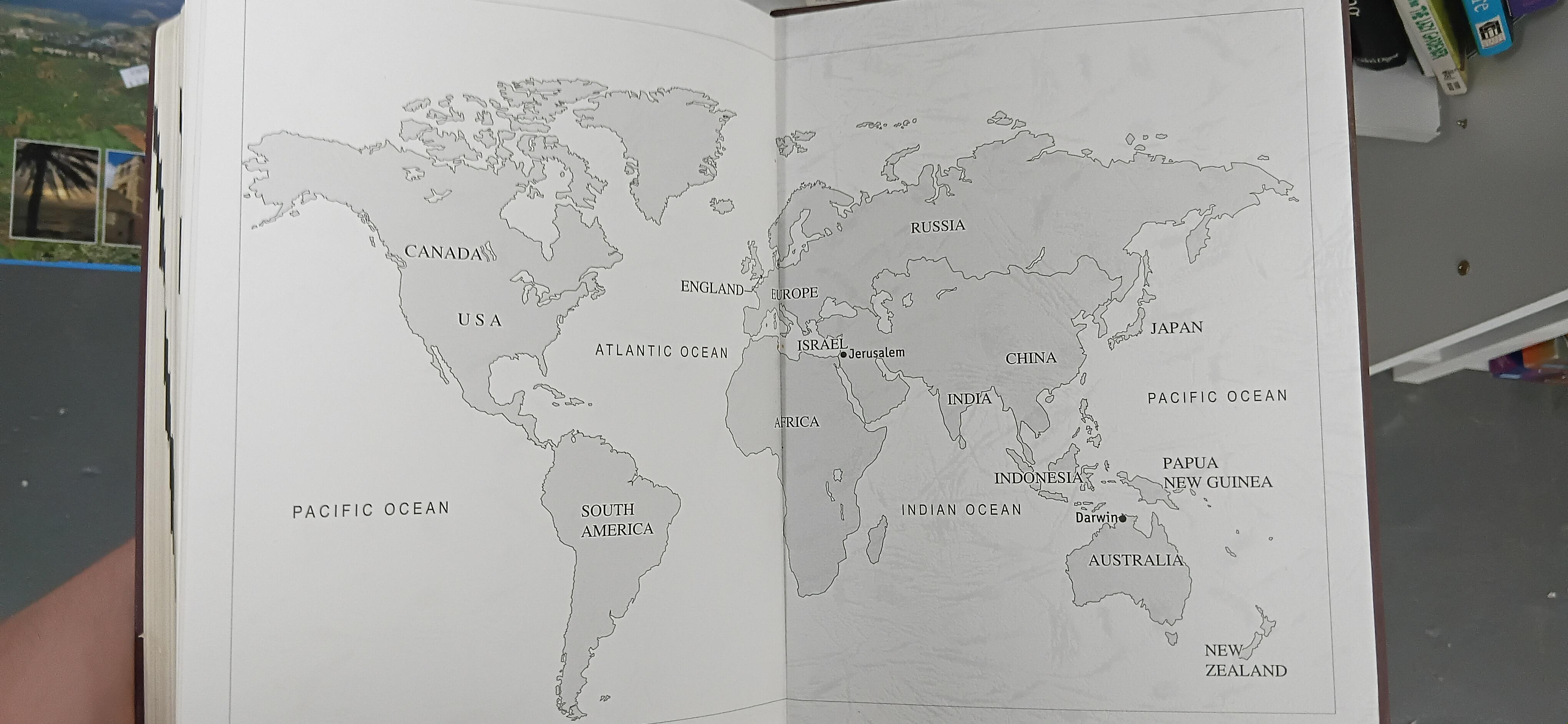Capitals of the World Map


Marcus Rodriguez
Historical Geography Expert
Marcus Rodriguez specializes in historical cartography and geographic data analysis. With a background in both history and geography, he brings unique...
Geographic Analysis
What This Map Shows
The visualization titled "Capitals of the World Map" provides a clear and concise representation of the world's capitals, highlighting their geographical locations and relationships to one another. It serves as a geographical reference point, but it also invites an exploration into the significance of these capitals, their historical contexts, and their roles in international relations.
Deep Dive into Capitals and Their Significance
Capitals are not just dots on a map; they are the beating hearts of nations. Each capital city represents the political, cultural, and economic center of its country. For instance, cities like Washington, D.C., and Beijing are not only hubs of government but also symbols of national identity and pride. Interestingly, many capitals are situated near the geographic center of their respective countries, which historically made travel and governance more efficient.
Have you ever wondered why some capitals are located in less populated areas? Take Canberra, Australia, for example. Chosen as a compromise between rivals Sydney and Melbourne, Canberra’s location was intended to foster unity and reduce tensions between these two major cities. This strategic placement reflects how capitals often embody political decisions that go beyond mere geography.
On the other hand, some capitals have evolved from historical cities with rich legacies. Rome, for example, has been a significant center of power for centuries, influencing not just Italy but the entire world through its architecture, culture, and religion.
Moreover, capitals can vary significantly in size and population. For instance, Tokyo is one of the most populous capitals globally, boasting over 37 million residents in its metropolitan area. In contrast, Nauru's capital, Yaren, is more of a district than a traditional city, with just a few thousand inhabitants. This disparity raises questions about how the size and population of a capital influence its global stance and capabilities.
Regional Analysis
When examining the map, it becomes apparent that capitals in different regions often reflect varying political and cultural landscapes. In Europe, capitals like Paris and Berlin not only serve as political centers but are also cultural powerhouses, drawing millions of tourists annually. These cities are known for their historical architecture and vibrant culture, which often overshadow their political functions.
In contrast, in regions like Africa, capitals such as Addis Ababa and Abuja are often in the midst of rapid development, facing challenges such as infrastructure deficits and economic instability. Addis Ababa, for instance, is a key hub for international diplomacy, hosting the African Union headquarters, yet it grapples with urbanization challenges and socio-economic disparities.
Moreover, in Asia, the capitals can range from bustling megacities like Delhi to smaller capitals like Thimphu in Bhutan, which has a unique focus on Gross National Happiness over GDP. This variance highlights how different regions prioritize and develop their capitals in alignment with their cultural and political values.
Significance and Impact
Understanding the geographical distribution of capitals is crucial for several reasons. Firstly, capitals are often the focal points of political power, where decisions that impact millions are made. They play a vital role in shaping domestic and foreign policies. Secondly, capitals can be indicators of a country's stability. Political unrest in a capital often signals broader national issues, as seen in the recent protests in various capitals around the world.
What's fascinating is the influence that globalization and technology have on these capitals. For instance, many capitals are becoming increasingly interconnected through digital means, allowing for real-time communication and decision-making that transcends geographical boundaries. As we look to the future, the role of capitals in global governance will likely continue to evolve, especially with trends like remote work and international collaborations gaining traction.
In conclusion, the "Capitals of the World Map" serves as a gateway to understanding not just where these cities are located, but also the significant roles they play in global dynamics. From historical context to current trends, the study of capitals offers valuable insights into the complex fabric of our world today.
Visualization Details
- Published
- October 25, 2025
- Views
- 12
Comments
Loading comments...